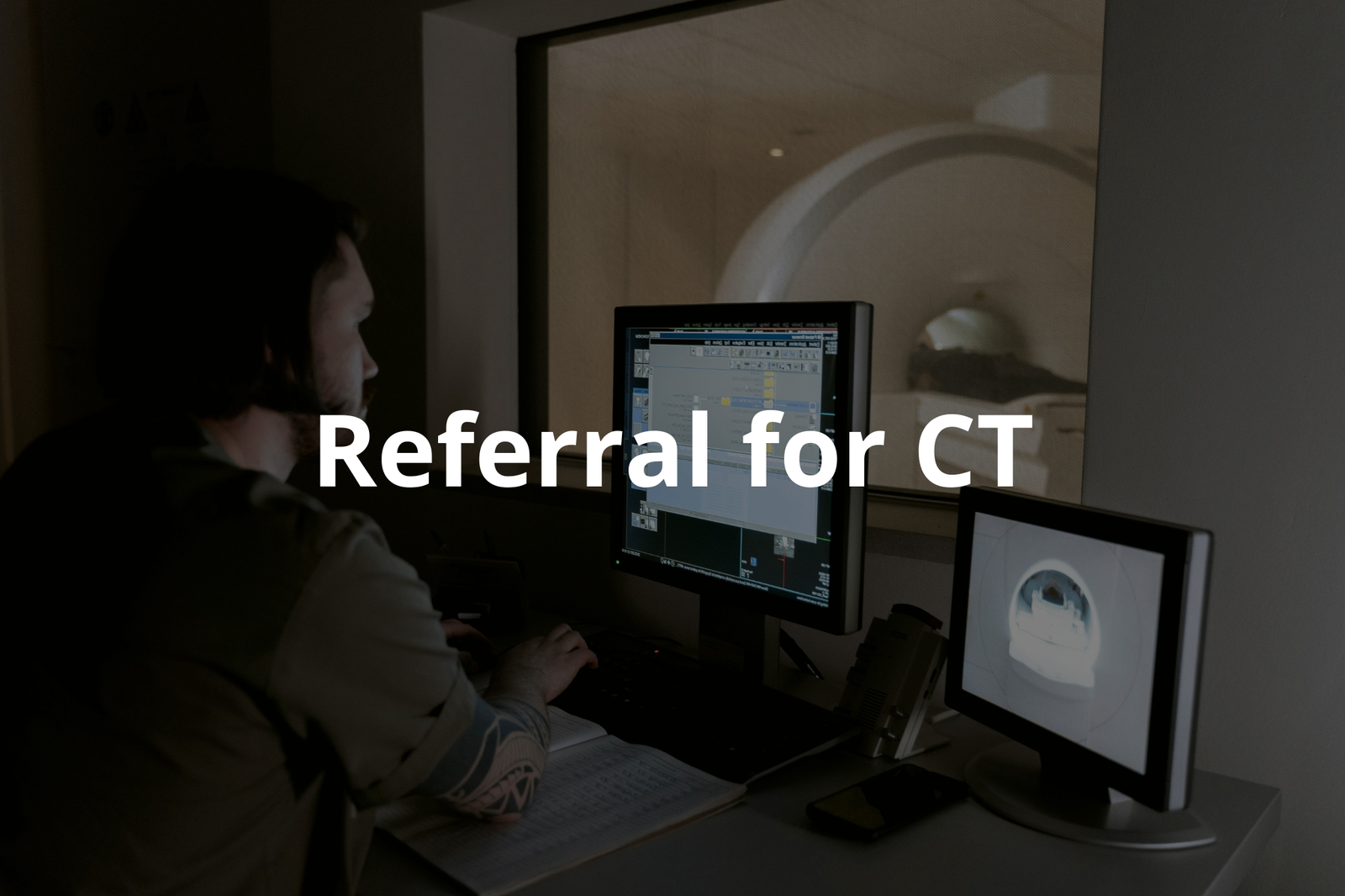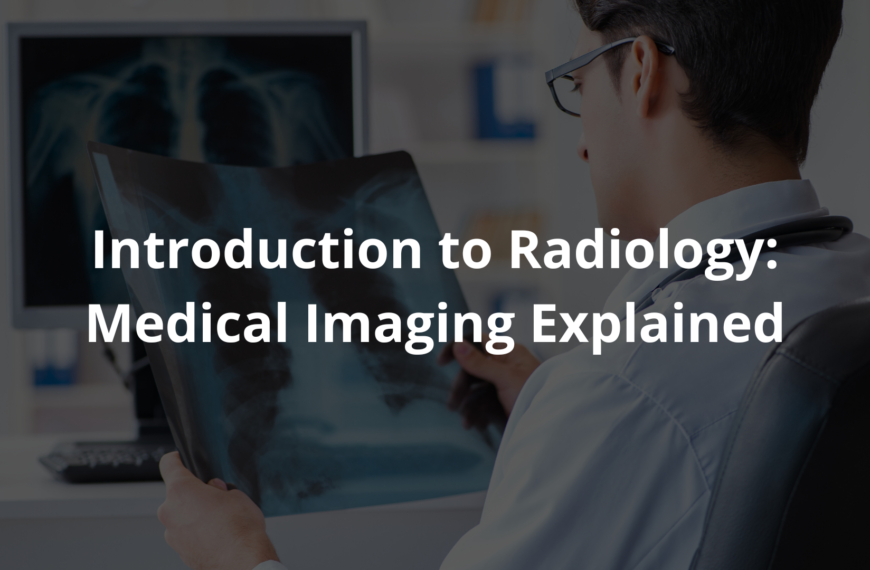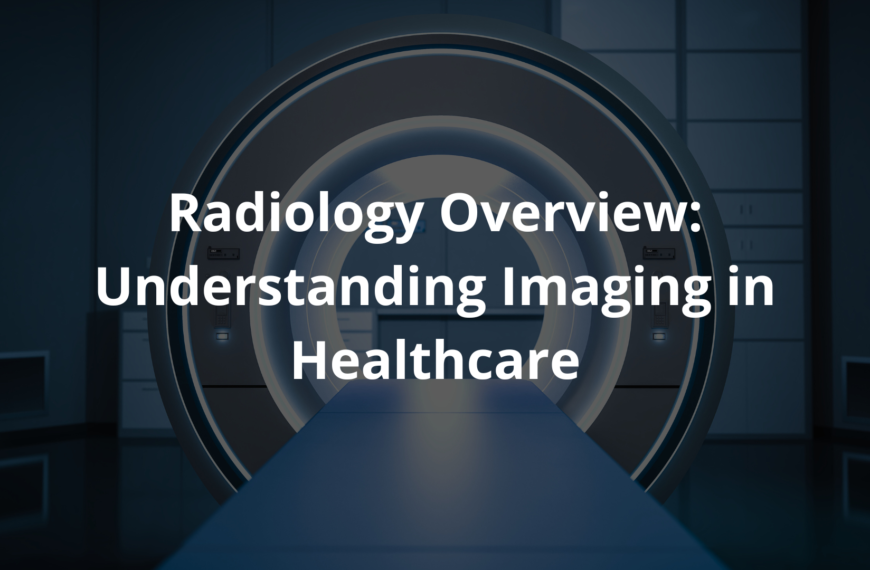Learn how to get a referral for a CT scan in Australia, making it easier for you to access medical imaging services.
When I first learnt about CT scans, I was puzzled. What are they? Why do I need one? And how do I get a referral? It felt like a big puzzle with missing pieces. But, after some digging, I discovered that getting a referral for a CT scan is pretty simple once you know the steps. It’s all about helping doctors see inside your body to check how things are working. So, let’s break it down together!
1. Why You Need a Referral
A referral from a doctor is like a golden ticket. It says, “Yes, this CT scan is needed!” Without it, you might find yourself stuck at the door of diagnostic imaging services, wondering why you can’t just walk in. Doctors, whether they’re general practitioners (GPs) or specialists, have the job of looking at your health and symptoms.
They decide if a CT scan is the right choice for you. They don’t take this lightly. It’s not just about getting a scan; it’s about making sure it’s medically justified.
Think about it this way: if someone is feeling unwell, a doctor needs to know exactly what’s happening inside. Is it a problem with blood vessels? Or maybe internal structures like soft tissue? This is where CT scans come into play.
They can show detailed images of your body, helping doctors see what’s wrong. It’s a little like a detective searching for clues. They have to be careful, too. They want to avoid unnecessary radiation exposure and costs. CT scans use radiation, and while it’s generally safe, too much can be harmful(1).
So, the referral acts as a safeguard, ensuring that patients aren’t exposed to unnecessary risks.
2. How to Get Your Referral

Getting a referral might feel like a big task, but it’s really quite simple. The first step is to visit your doctor. You can choose to see your GP in person, or if you’re short on time, you can use online services like Instant Consult(2). It’s pretty convenient! Just remember to share your symptoms clearly. Doctors need to know what’s bothering you so they can help.
If your doctor thinks a CT scan is necessary, they’ll provide you with a referral. Sometimes, they send it electronically, which is a nice touch. It saves paper and makes things quicker. You might want to look out for these important details on the referral:
- Your personal details (name, date of birth).
- The specific type of scan needed.
- Relevant medical information about your condition.
- The doctor’s signature and the date.
These elements are crucial for getting you on the right path to your CT scan!
3. Booking the CT Scan
Once the referral is in hand, it’s time to book that CT scan! It feels like a big step, but it’s quite exciting. The first thing to do is choose a radiology clinic. It’s important to pick one that is accredited and offers CT scans. Many clinics are out there, and a lot of them have online booking, which makes it super convenient. Patients can easily enter their referral details on the clinic’s website.
After selecting a clinic, the next step is to schedule your appointment. This can be done online or over the phone. It’s essential to bring the referral document and any other necessary paperwork to the appointment.
Here are some key reminders:
- Select an accredited clinic.
- Use online booking when possible.
- Bring your referral document.
These steps help ensure that everything goes smoothly when arriving for the scan. It’s all about preparing properly to make the process easier!
4. Medicare Coverage
Having Medicare can be like having a safety net when needing a CT scan. It’s a relief for many, but there are some important rules to keep in mind. Without following these rules, getting those benefits can be tricky. The referral from your doctor is crucial. It must meet specific guidelines set by Medicare to ensure coverage.
- First, the referral has to be issued before the scan happens. This is a big deal. If it’s not done ahead of time, the costs might fall on the patient. I remember a friend who thought they could just walk into a clinic without a referral. They ended up paying out of pocket, and it was a hefty bill.
- Second, the doctor has to confirm that a CT scan is actually necessary. This means they look at your symptoms and make a judgement call. They want to avoid unnecessary costs for patients and ensure that scans are done when they’re really needed.
Here’s a handy list of things to keep in mind for Medicare coverage:
- Obtain the referral before the scan.
- Make sure your doctor has confirmed the scan is necessary.
- Keep your Medicare details handy, just in case.
Being aware of these points can save time and money. It’s always a good idea to check in with your doctor about what’s needed. This way, patients can focus on their health rather than worrying about paperwork or costs!
5. Considerations to Keep in Mind
When it comes to getting a CT scan, there are a few things to keep in mind. For instance, if a patient is feeling unwell and needs an urgent scan, telehealth can be a real lifesaver. It allows for quicker referrals and faster access to the imaging services. This means no waiting around if there’s something serious going on.
It’s also worth mentioning that having your documents in order is crucial. Before heading to the imaging centre, patients should double-check their paperwork. A missing referral or any other document can cause delays and add stress to an already anxious situation.
Here are some helpful reminders:
- Use telehealth for urgent scans.
- Check all paperwork before your appointment.
- Call ahead if you have questions.
Being prepared can make a big difference in the experience. It ensures a smoother process and allows patients to focus on what really matters getting the right care for their health!
Conclusion
In this guide, we talked about how to get a referral for a CT scan in Australia. Understanding the steps makes it easier to access important medical imaging services. Now you’re ready to tackle that referral process!
FAQ
What medical professionals can make diagnostic imaging requests and what information should they include?
Health professionals and Allied Health Professionals can make diagnostic imaging requests. They need to provide clinical details, a provisional diagnosis, and a clear diagnostic question. The referral should include complete patient care information to help the medical imaging specialist make an accurate diagnosis.
How do diagnostic imaging services help in examining blood vessels and internal structures?
Diagnostic imaging creates detailed images of blood vessels and internal structures. Different diagnostic imaging modalities like CT scan can examine blood vessel structure and soft tissue. This helps detect conditions like blood clots and supports your doctor in making an accurate diagnosis.
What should I know about radiation exposure from diagnostic imaging procedures?
Different imaging procedures involve varying levels of radiation dose. Natural background radiation exists everywhere. The doctrine of radiation protection ensures that radiation exposure is kept as low as reasonably achievable while still obtaining the necessary diagnostic benefit for patients.
How do I schedule an imaging appointment and what are the costs involved?
Booking time varies by imaging centres. Consider appointment time and check if they offer walk-in services. Pocket costs depend on Medicare Benefits and private health insurance coverage. Healthcare card holders may be eligible for additional benefits.
What role does diagnostic imaging play in detecting heart disease and cancer?
Diagnostic imaging helps in assessment for heart disease and can detect heart failure or congenital heart defects. It’s also crucial for identifying breast cancer through imaging of breast tissue. Additional cancer risk from radiation exposure is carefully weighed against the clinical benefit of the procedure.
How do different imaging modalities work together for comprehensive diagnosis?
Diagnostic imaging procedures may combine X-ray, ultrasound, CT scan, and magnetic resonance imaging to create 3D images and body through images. This comprehensive range of diagnostic imaging modalities helps detect body abnormalities and supports accurate diagnosis.
What specialised imaging services are available?
Imaging centres offer brain imaging, renal imaging, dental imaging, and breast imaging services. They also perform thyroid scans and pregnancy scans using sophisticated X-ray technology. A radioactive tracer might be used for certain diagnostic imaging examinations.
How are imaging reports handled and shared?
Imaging reports are created through the imaging portal and shared via practice software or online form. Collaboration between doctors ensures proper interpretation of diagnostic imaging reports. The reports support clinical questions and help determine the correct scan for each patient’s needs.
References
- https://www.instantconsult.com.au/online-referrals/ct-scan/
- https://www.canberrahealthservices.act.gov.au/services-and-clinics/services/ct-scans




